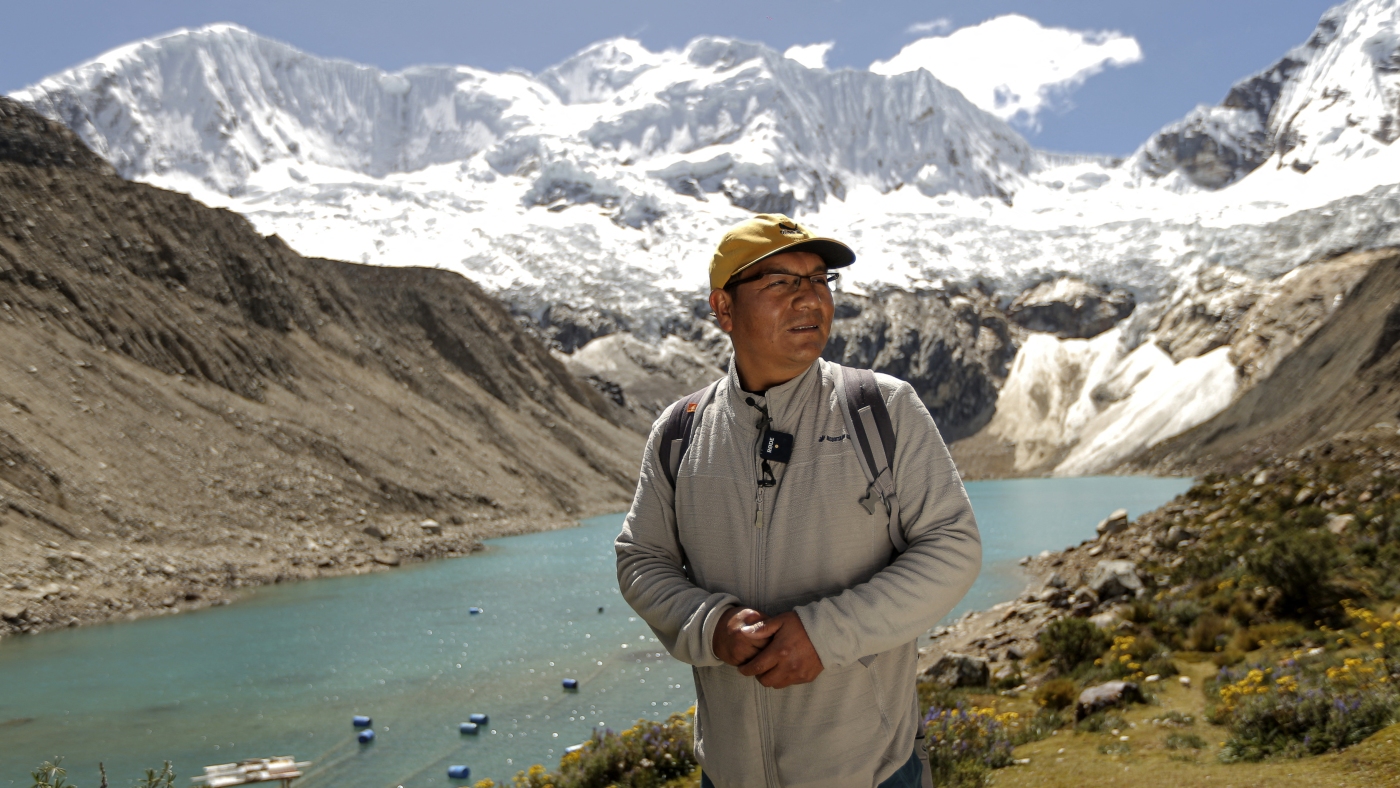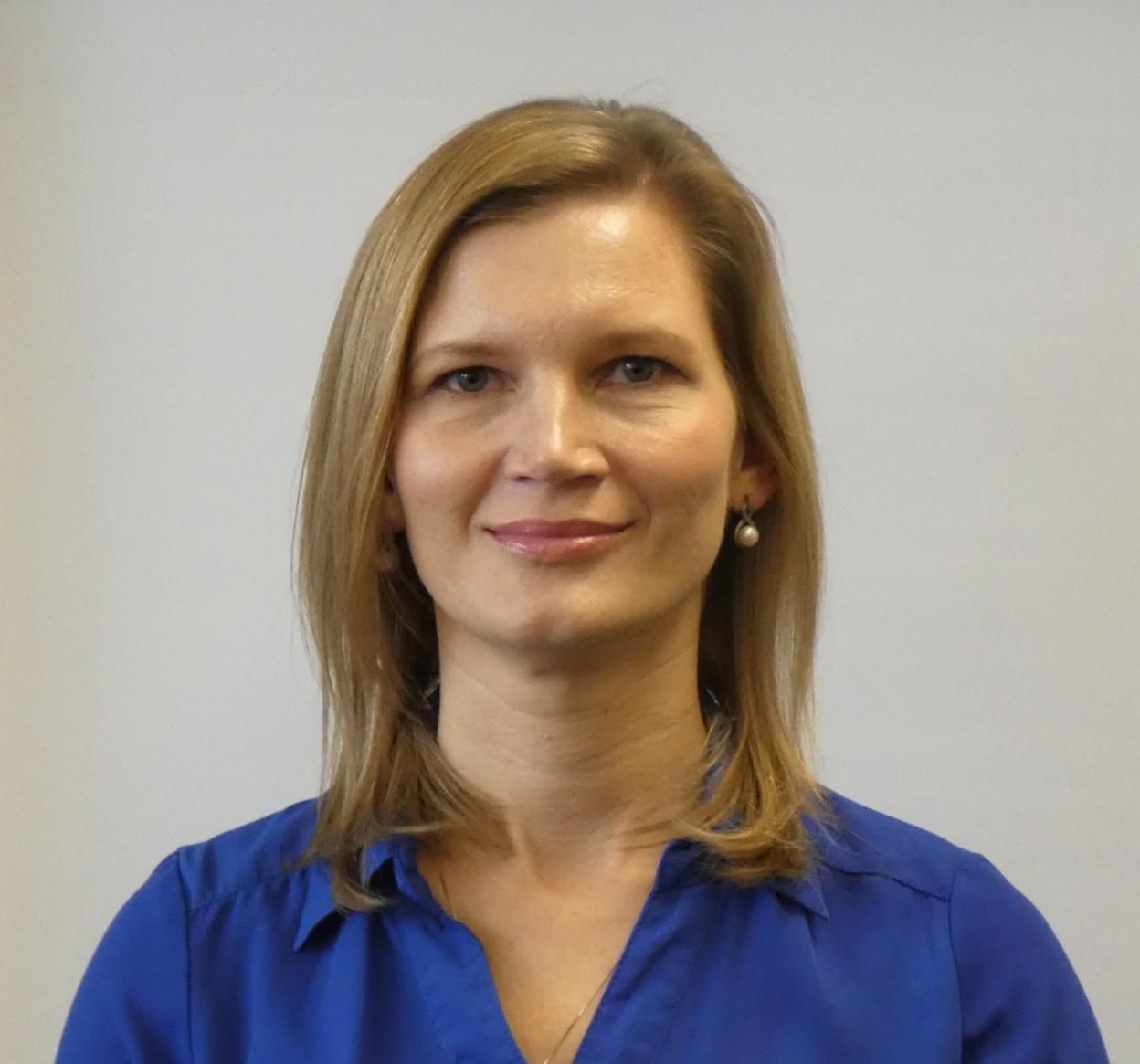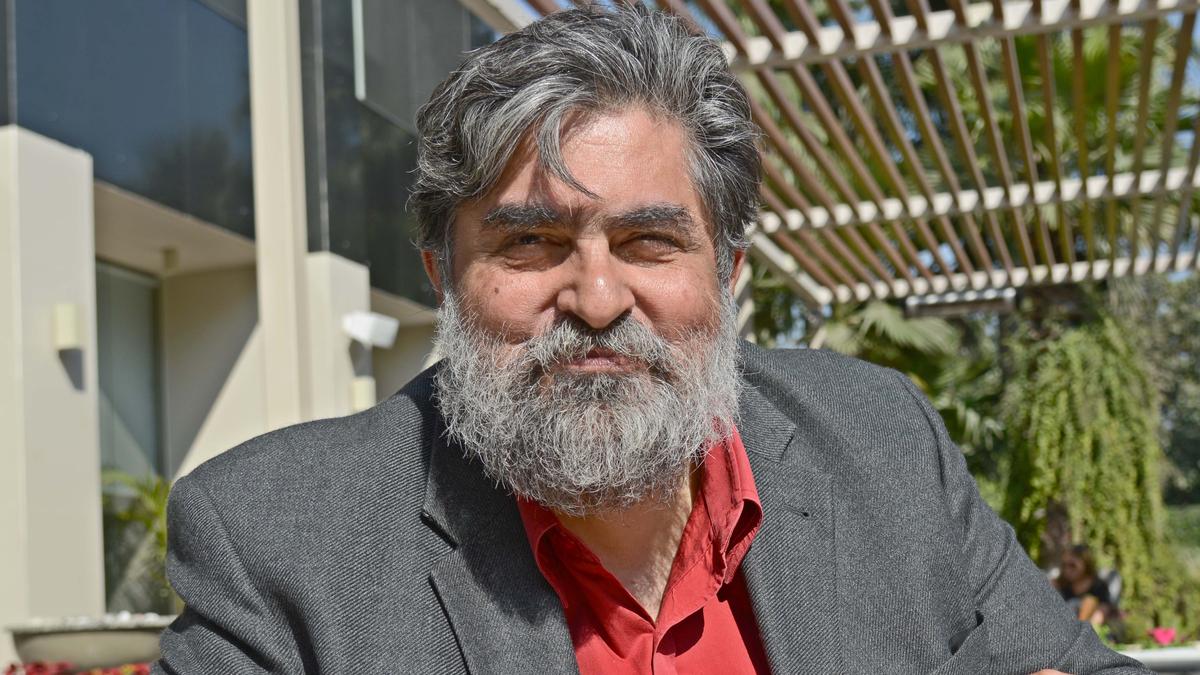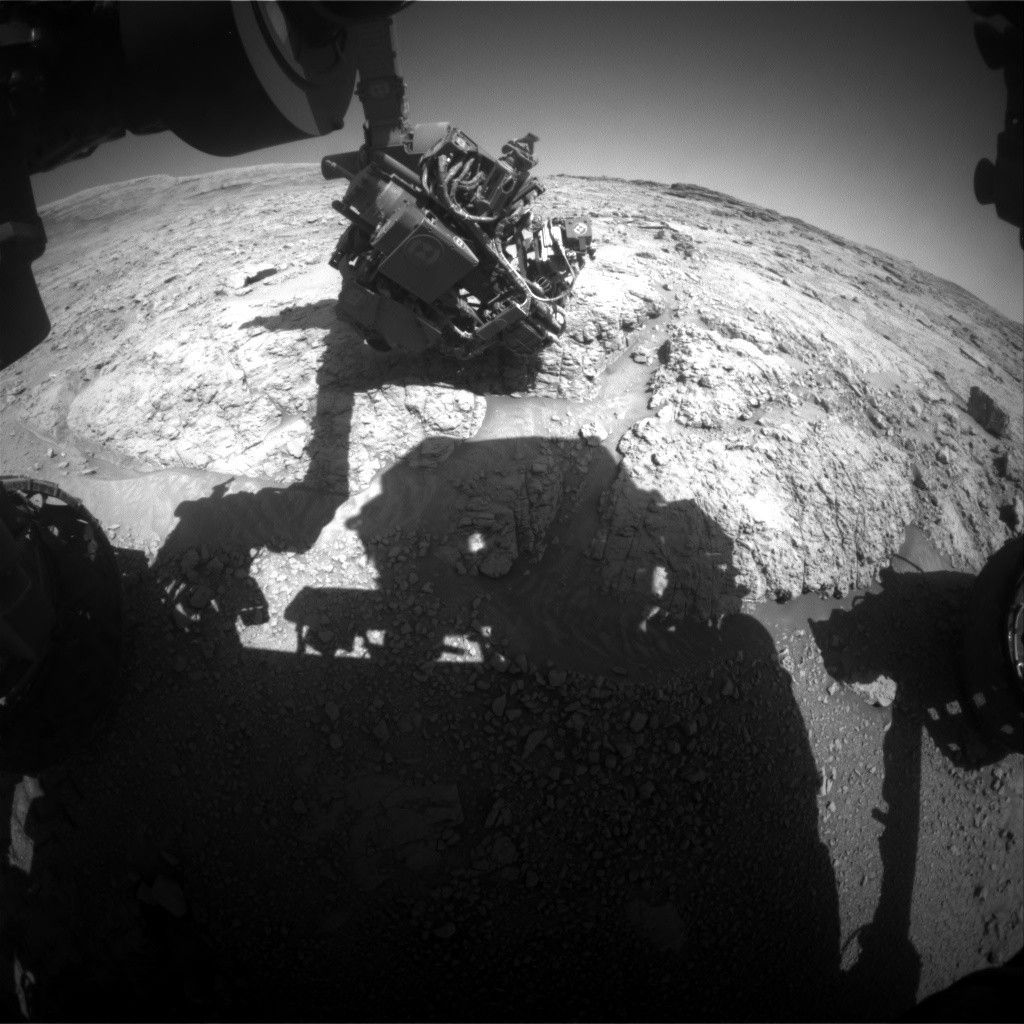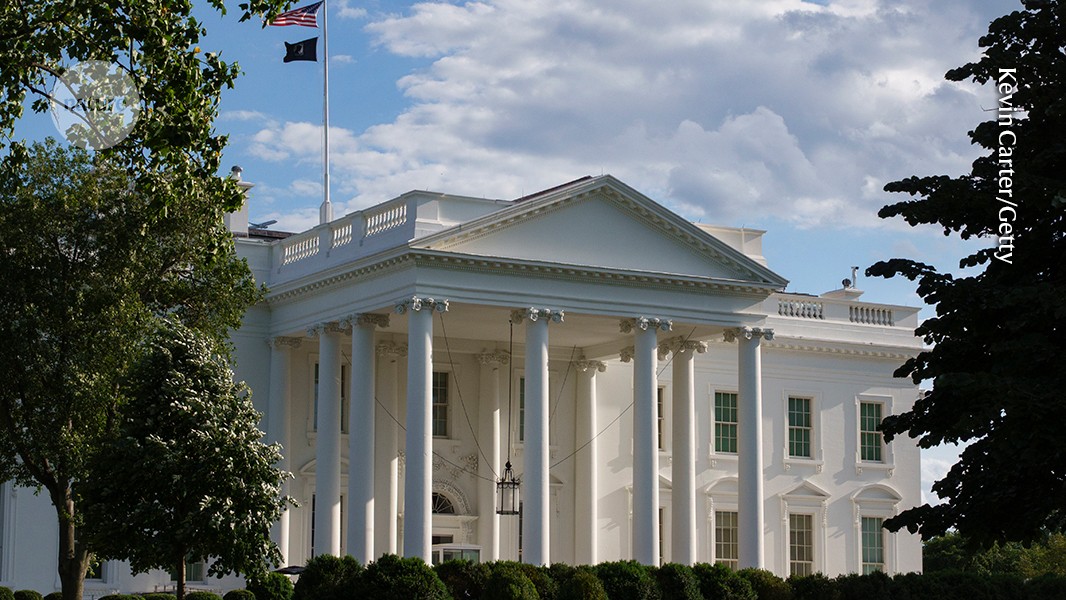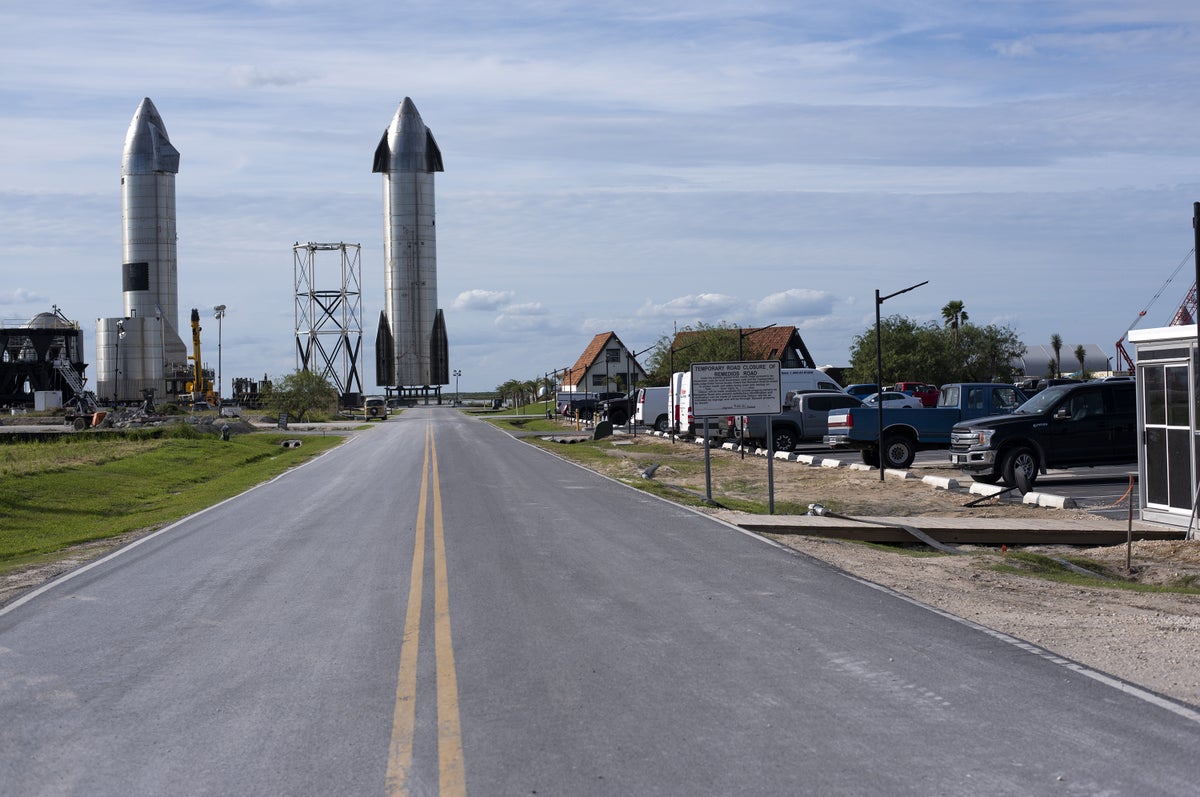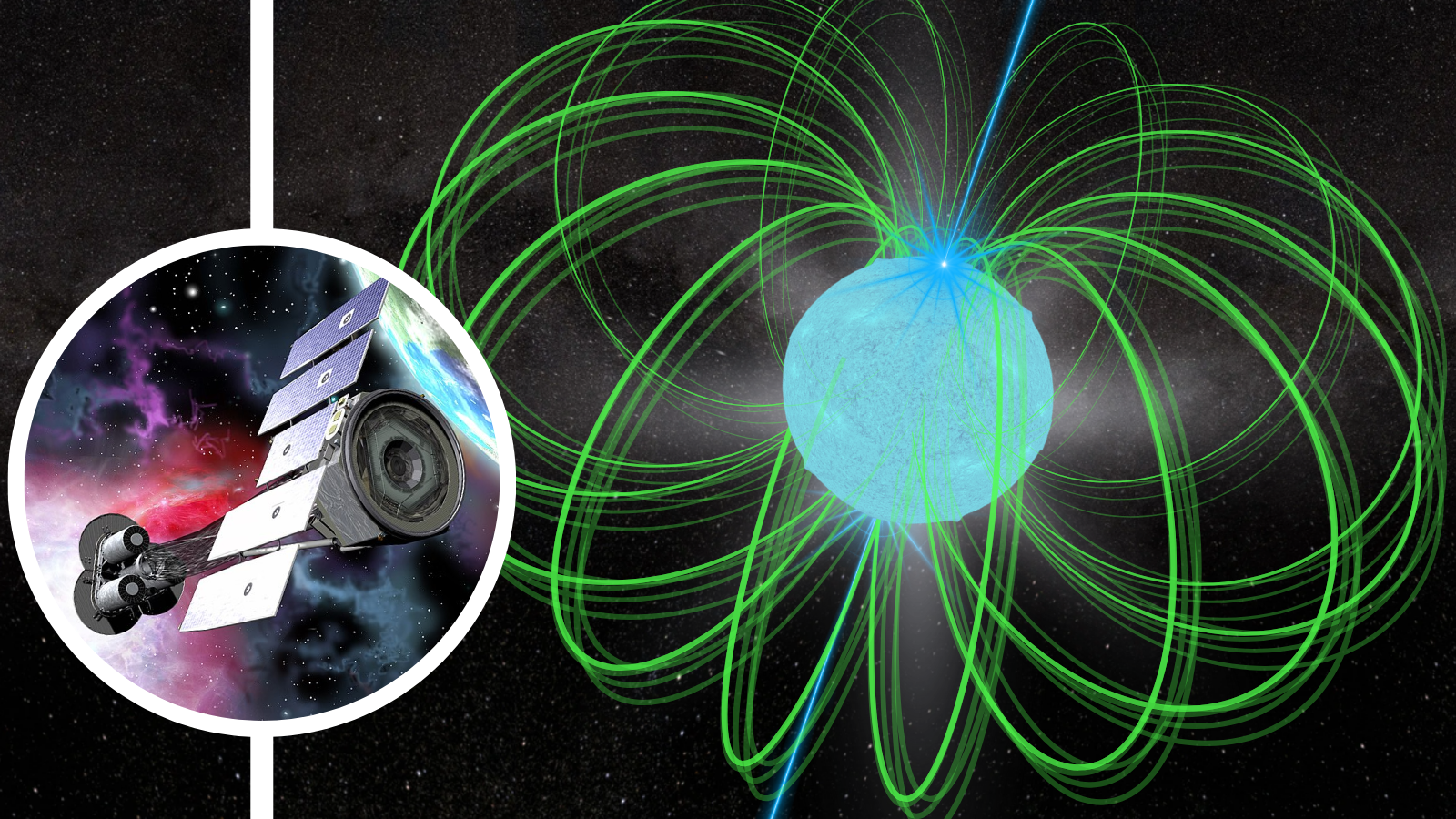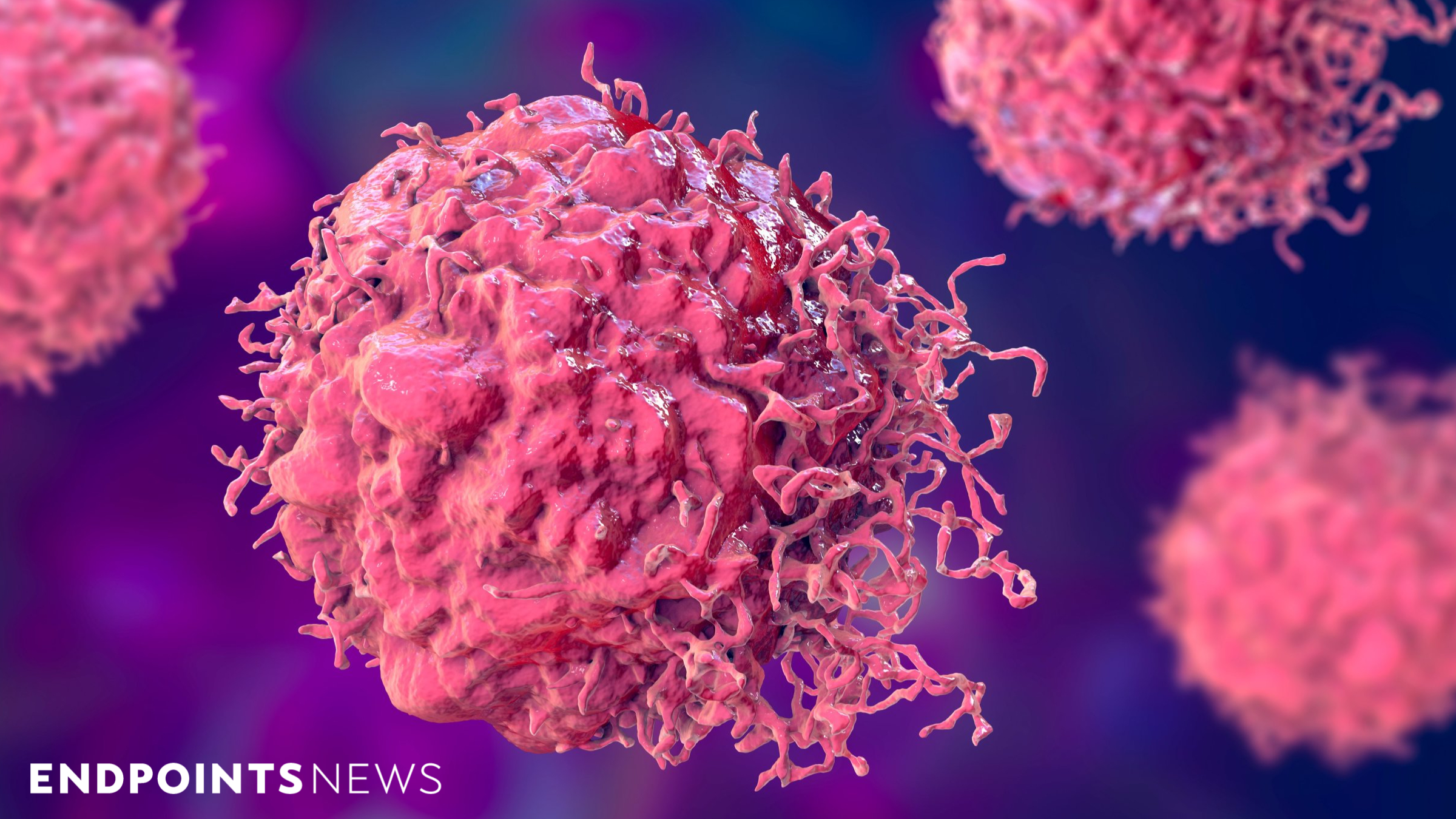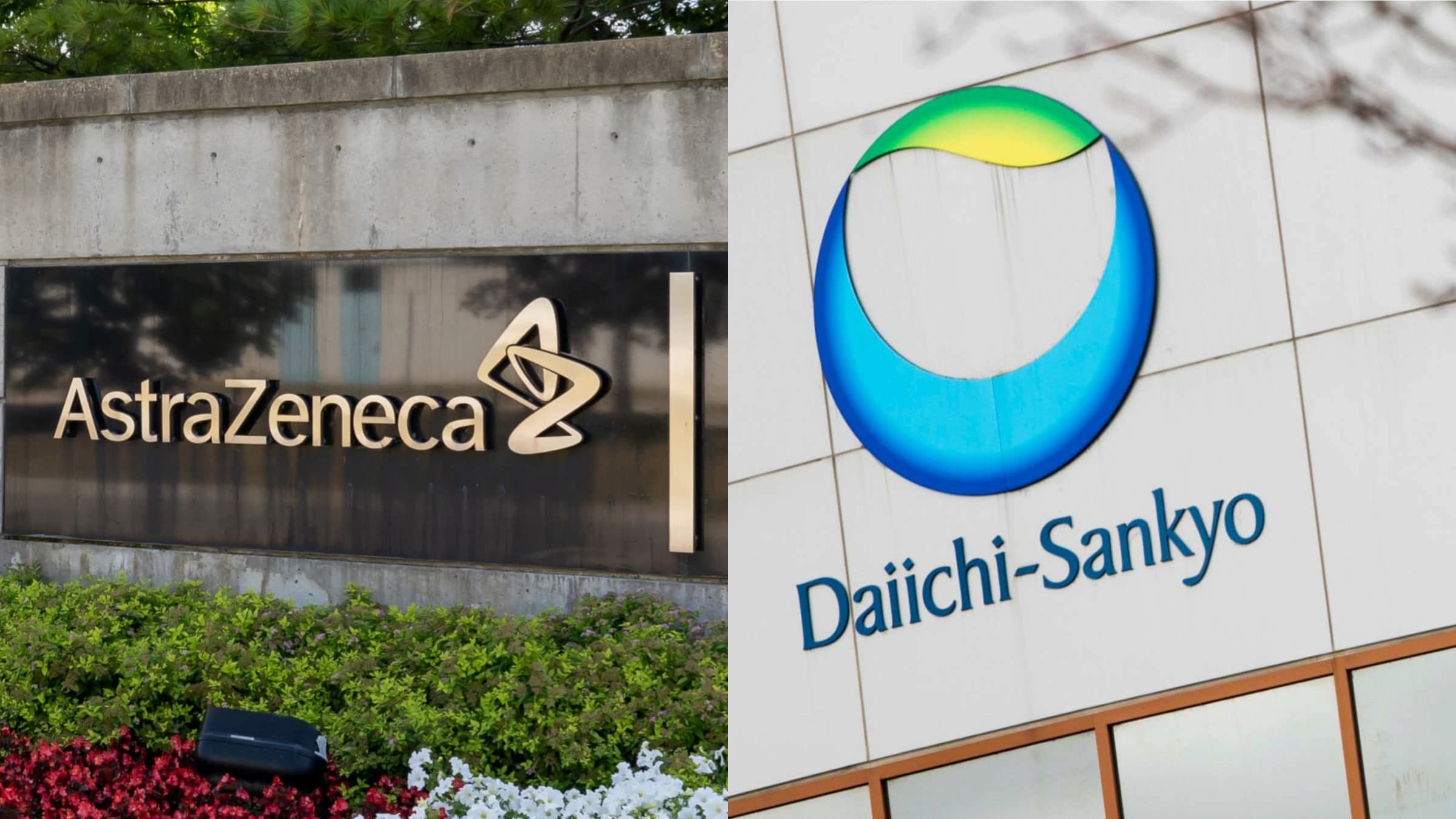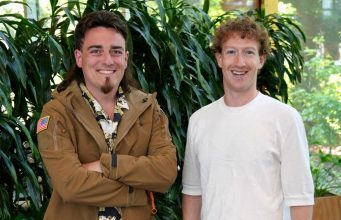A Father’s Grief, a Professional’s Hope: How Technology Can Heal Healthcare’s Human Flaws
The following is a guest article by Michael Campana, VP of Marketing at Amitech Solutions This is a story about loss, systemic failure, and the unrelenting hope that technology can prevent others from enduring the same pain. It’s a father’s grief – my grief – transformed into a professional’s mission. A Needless Death Today marks […]

The following is a guest article by Michael Campana, VP of Marketing at Amitech Solutions
This is a story about loss, systemic failure, and the unrelenting hope that technology can prevent others from enduring the same pain. It’s a father’s grief – my grief – transformed into a professional’s mission.
A Needless Death
 Today marks the anniversary of losing my oldest daughter, Cassidy, to cardiac arrest at age 29. Her name is etched into my heart, alongside questions that may never be answered. Cassidy was autistic, struggled with speech and verbalization, and was hypotonic, a low muscle tone condition that weakened her muscles and made communication and activity a daily struggle. Despite these challenges, she approached life with quiet determination.
Today marks the anniversary of losing my oldest daughter, Cassidy, to cardiac arrest at age 29. Her name is etched into my heart, alongside questions that may never be answered. Cassidy was autistic, struggled with speech and verbalization, and was hypotonic, a low muscle tone condition that weakened her muscles and made communication and activity a daily struggle. Despite these challenges, she approached life with quiet determination.
In the final months before her passing, Cassidy was concerned about her dramatic weight gain, 152 pounds in just one year, and met with a weight loss doctor. In that meeting, she was prescribed a common GLP-1 weight loss drug. The practitioner collected no medical history and ordered zero blood work. Instead of losing weight, she continued to gain weight at an alarming rate, another 30 pounds in just 6 weeks. Additionally, she developed significant edema with her body swelling grotesquely and her skin weeping fluid. Because of this, she was forced to quit her job and became bedbound. Six weeks after her initial visit, she had a follow-up meeting with the same doctor to discuss these developments. The doctor noted every concern – even pointing out the severe edema in Cassidy’s ankles and feet – but deferred action to her primary care physician where we had an appointment already scheduled for the end of June, another six weeks later. We were given no sense of urgency, no recognition of the ticking clock beneath her symptoms. It should be noted that the doctor’s office was located within a hospital with an ER just steps away, but we were told it was fine to wait another six weeks. Sadly, she passed on May 30, one week and five days after that follow-up appointment.
The First Failure: A System That Didn’t See Her
The first failure was one of prioritization: clinicians dismissed her acuity. Cassidy’s edema and rapid weight gain should have been red flags for cardiac stress, yet her case was treated as routine. Her autism and hypotonia may have unwittingly overshadowed her physiological needs, a tragic example of how biases or rushed judgments can cloud clinical urgency and lead to preventable medical errors. Were these caregivers overworked, as is all too common in healthcare today? Yes, but they were also caregivers who overlooked a young woman in clear distress.
The Second Failure: A System That Didn’t Hear Us
The second failure came in the emergency room, minutes after her death. Amid our shock, a patient advocate told us no autopsy would be performed. It was “natural causes,” they said. They explained that we could have the autopsy if we chose to, but we would have to pay the cost ourselves. Hoping for answers and some closure, we told them that we wanted the autopsy, which they acknowledged. We also agreed to cover the out-of-pocket fee, which they said would be around $6,000. (Sidebar: What is “natural” about a 29-year-old dying suddenly of cardiac arrest with no known cause?) We left the ER that morning believing three promises would be honored: an autopsy would happen (we told the patient advocate twice that we wanted the autopsy), her organs would be donated (her lifelong wish), and that she’d be cremated. But that’s not what happened.
After receiving her body from The Gift of Life organ donation center, the funeral home revealed to us that no autopsy was performed, and the organ and tissue donation meant that it was too late for an autopsy. Our frustrations continued when we reached out to the patient advocate, who suddenly did not recall our multiple requests for an autopsy. The hospital’s apathy and disorganization, not cost or our consent, robbed us of answers. Cassidy’s caregivers, in her final moments and beyond, failed to act with the diligence her life deserved. We were left with agonizing voids: Why did her heart fail? Could we have done something different? Could this have been prevented? A lifetime of questions with no hope for answers. The indifference of those entrusted with her care compounded our grief.
The Promise of AI, Intelligent Automation, Data Analytics
Cassidy’s story isn’t just about what went wrong, it’s about what could have gone right. If you’ve ever felt invisible in a healthcare setting, you will understand why the intervention of technology, where human systems fail, matters.
For 35 years, I’ve worked in healthcare technology, advocating for tools, like AI in patient safety, to ease the burden on frontline workers. Cassidy’s death was not just a failure of overwhelmed systems, but of human attention. Clinicians dismissed her symptoms; administrators mishandled our final wishes. Technology alone cannot cure complacency, but it can force accountability into workflows where human judgment falters.
How Technology Could Have Changed Cassidy’s Story
- AI-Driven Triage & Escalation
When Cassidy’s specialist noted her edema and dramatic weight gain, an AI system could have overridden the nonchalant referral process. For example, an AI system could correlate her symptoms with cardiac patterns common in hypotonia patients, flag her case as high-risk, and trigger critical interventions, such as same-day laboratory tests, an automated cardiologist alert, or an immediate referral to the ER just down the hall. No more relying on harried clinicians to “get around to it.”
- Automated Accountability
A system tracking referrals and follow-ups could have escalated Cassidy’s delayed primary care appointment. This is the power of healthcare accountability: forcing systems to act when humans default to inertia. If her PCP’s schedule was full, an automated intelligent scheduler might have identified cancellations or routed her to an available provider. The “wait six weeks” mindset, a product of inertia, not necessity, would have been challenged. - Bereavement Workflows with Teeth
In the ER, our agreement to pay for an autopsy was lost in a fog of paperwork and passive assumptions. An automated bereavement platform could have required documented confirmation of an autopsy consent, syncing directly with the coroner’s office and funeral home. Digital documentation of Cassidy’s (and our) end-of-life wishes regarding donation, cremation, and autopsy would have created binding directives immune to human error or memory lapses. - Bias Mitigation in Diagnostics
Agentic AI could have countered diagnostic overshadowing. By cross-referencing Cassidy’s symptoms against data from patients with similar disabilities, it might have alerted clinicians: “Edema + rapid weight gain in verbally challenged autistic patients: 68% correlation with cardiac events.” Her care could have shifted from “manage later” to “act now.”
A Path Forward, Without Hype
Technology will not erase human complacency, nor absolve caregivers of their duty to see patients fully. Cassidy deserved clinicians who fought for her, not systems that enabled passivity. But tools exist to make indifference harder, to force urgency into workflows, transparency into handoffs, and accountability into every decision. It isn’t about pardoning human failures; it’s about preventing them. Every delayed diagnosis, every missed symptom, every broken promise to grieving families represents a preventable medical error and an opportunity for technology to intervene by:
- Demanding attention where human focus wanes.
- Enforcing protocols when human judgment is rushed.
- Honoring consent even when humans overlook it.
A Promise to Cassidy
Cassidy’s death left me with unanswerable questions but also resolve. I still believe in the promise of the American healthcare system. Not because it is blameless, but because it is filled with people who want to do better. They deserve tools that make it impossible to do less.
To honor my daughter’s memory, I’ll keep fighting for solutions like AI in patient safety, intelligent automation, and data analytics. Not as industry buzzwords, but as digital guardians for the vulnerable. Not as profit centers, but as protective systems for people like Cassidy. Her story doesn’t have to be yours. Demand better systems. Insist on healthcare accountability. Advocate for the vulnerable. Share Cassidy’ story.
For Cassidy, who deserved more than assumptions. Who, like every patient, deserved to be seen.
 About Michael Campana
About Michael Campana
Mike is a seasoned product marketing and creative strategist with over 35 years of healthcare marketing and sales experience. His extensive background spans enterprise services and solutions in the healthcare provider, payer, and pharmaceutical & life sciences segments, with a particular focus on providing market insight, analysis, and execution in support of brand strategy and value proposition creation. Prior to his role at Amitech, Mike drove healthcare marketing efforts for notable companies such as Healthcare Triangle, Conduent, Ricoh, Siemens Medical, and NextGen Healthcare. This wealth of experience has honed his expertise in navigating the complex landscape of healthcare marketing. Michael holds a BSBA degree in marketing from the University of South Florida. He currently resides in the Philadelphia, PA area, where he and his wife, Rebecca, have raised their three daughters.







